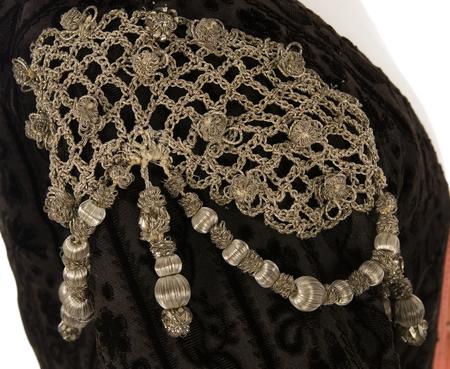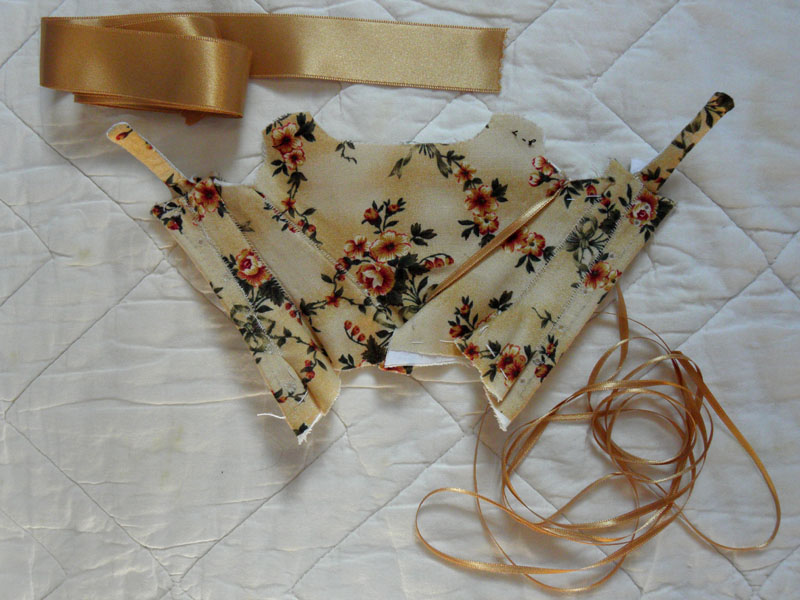Después de dar vueltas al proyecto del DPP para este año, he dedicido hacer borrón y cuenta nueva y hacer los dos vestidos para el concurso a tamaño real. ¿Por qué? Pues es muy sencillo: el año que viene es el aniversario tanto de la Constitución de 1812 (más conocida como «La Pepa») como del hundimiento del Titanic en 1912 y probablemente habrá alguna recreación en el foro de Anacrónicos, y si puedo pagarme los viajes ya tendré adelantados los trajes 🙂
Otras dos novedades con respecto al concurso del año pasado es que, primero, voy a ir apuntando los costes del proyecto (telas, encajes, adornos, tiempo empleado,etc), porque siempre es interesante saber a cuánto asciende el gasto y cuánto podría costar algo así si se encargase; y segundo, voy a intentar ir explicando cómo hago las cosas en vez de poner comentarios generales.
¡Estad atentos, en junio comenzaremos! 😀
§§§§§§§§§§§§§§§§§§§§§§§§§§§§§§§§§§§§§§§§§§§§§§§§§§
I’ve been giving a lot of thougth to this year’s DPP, and I’ve decided to begin from scratch and make the two entries life-sized. ¿Why? Because next year is the 200 aniversary of the first Spanish Constitution (also known as «La Pepa») and also the 100 aniversary of the Titanic, and there would probably be some reenactment, and having the garb done it would be easiest to assist.
Also, there are going to be two diferences in the new dress diaries: I’m going to note all costs of this project, so people could know how much it costs to do something like it, and I’m going to be more specific in terms of garment construction, with some explanations.
Stay tuned, we will begin on june! 😀
Note for the English readers: English is my second languaje and I’m still learning, so if can’t understand something don’t hesitate to tell me!










